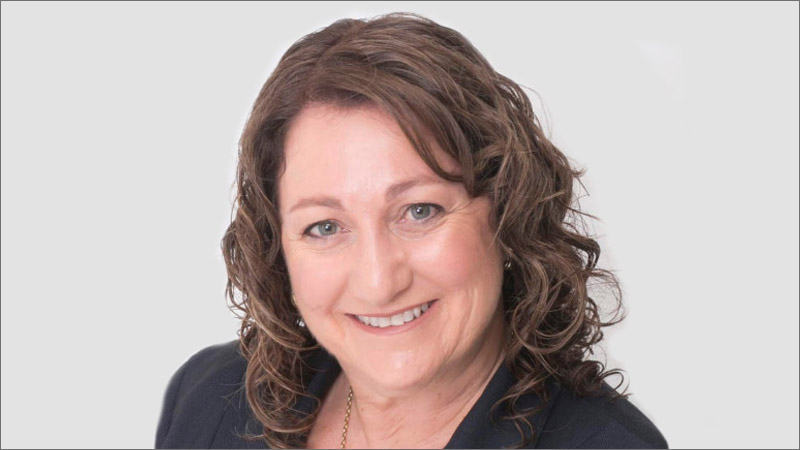Deadline looming for quality management standards
SMSF professionals have been urged to start preparing for new quality management standards that will apply at the end of this year.
In March last year, the Auditing and Assurance Standards Board issued ASQM 1, which sets out new quality management standards for firms that perform audits or reviews of financial reports and other financial information, or other assurance or related services engagements.
Speaking at the SMSF Association National Conference, ASF Audits head of education Shelley Banton said that while ASQM 1 replaces ASQC 1, it’s more than just a change in terminology, with the new standards representing an entirely new approach.
“[The standards] require firms to initiate a system of quality management that proactively identifies and responds to risks in terms of quality,” Ms Banton
“This is a fundamental shift in our obligations as SMSF auditors and it needs to be put in place by 15 December 2022.”
Ms Banton said ASQM 1 brings Australia in line with international standards and will require SMSF auditors to design, customise, implement and also operate a system of quality management, which is based on the nature and the circumstances of the firm’s size.
“We’re seeing more of a tailored approach here. It’s not a one-size-fits-all cookie-cutter approach anymore. We need to tailor it to the firm’s experience, the firm’s size, and the risks that we identify and assess from that firm’s perspective, to make sure that we’re seeing audit quality at the forefront of what we’re undertaking with this system of quality management,” she explained.
Risk assessments will need to be undertaken in areas such as governance and leadership, information and communication, ethics, engagements, performance and resources. The category of resources also includes technological resources, she said.
Ms Banton stressed that these quality management standards not only apply to SMSF auditors but also to firms providing non-assurance services, with the Accounting Professional and Ethical Standards Board recently revising APES 320.
Firms providing non-assurance services will need to comply with the standards by 1 January 2023.
“So, it really is a very short amount of time, only two weeks later than the AUASB deadlines, but the same sort of system has to be put in place,” said Ms Banton.
For professional service firms that provide non-assurance services but also operate an assurance practice, APES 320, ASQM 1 and also APES 220 will apply, she noted.
“APES 220 is in relation to quality management for firms who provide an audit of a financial report or historical information. What that really looks at is the risk associated with the engagement level for the audit manager undertaking that engagement, and also the responsibilities of the engagement partner as well,” she explained.
“So it’s essential that we have an understanding of our obligations, because we’ve got a lot to do. What it means for us is having those additional responsibilities in relation to IT applications, which encompass due diligence, risk management and putting in place documentation policies and procedures by the end of this year.”
Ms Banton noted that there isn’t a one-size-fits-all package, which firms needing to apply their quality management in regards to the firm’s circumstances.
“It is important to read the standards, make sure that your system of quality management is applicable to your firm size, and that it complies at the end of the day. When we undertake our accounting and auditing functions, we obviously have a concept of risk embedded in that, but what we’re seeing now is a difference. There is a big difference between applying the concept of risk to a client, as opposed to applying the concept of risk to your own firm,” she stated.
“The ultimate responsibility of that lies with either the chief executive, the managing partner, or the managing director, or their equivalent. Firms need to make sure that the person responsible for that has not only the necessary expertise, the appropriate knowledge, sufficient influence, but also the time to be able to undertake that process and implement that system of quality management.”
The first place SMSF professionals should start, said Ms Banton, is the website of their professional body, which has risk assessment templates that can be downloaded and incorporated and customised into their system of quality management.
Standards Australia, she said, provides information about risk management processes, which identify all levels of risks.
“How your firm does it is up to you; you just need to go to read the standards and make sure that it’s customised and tailored to your firm and that it will comply at the end of the day,” she said.

Miranda Brownlee
Miranda Brownlee is the deputy editor of SMSF Adviser, which is the leading source of news, strategy and educational content for professionals working in the SMSF sector.
Since joining the team in 2014, Miranda has been responsible for breaking some of the biggest superannuation stories in Australia, and has reported extensively on technical strategy and legislative updates.
Miranda also has broad business and financial services reporting experience, having written for titles including Investor Daily, ifa and Accountants Daily.








